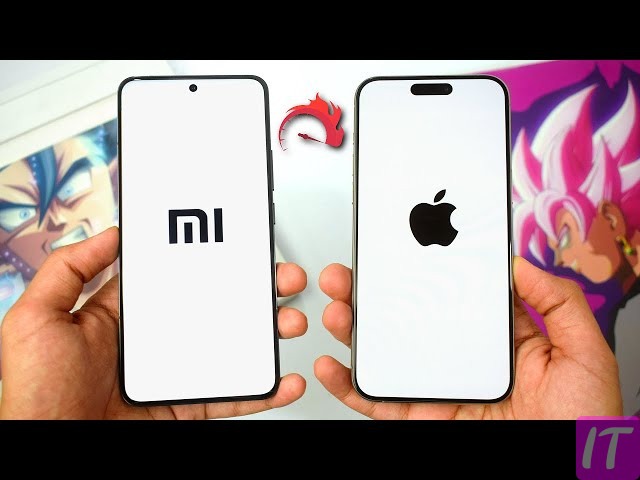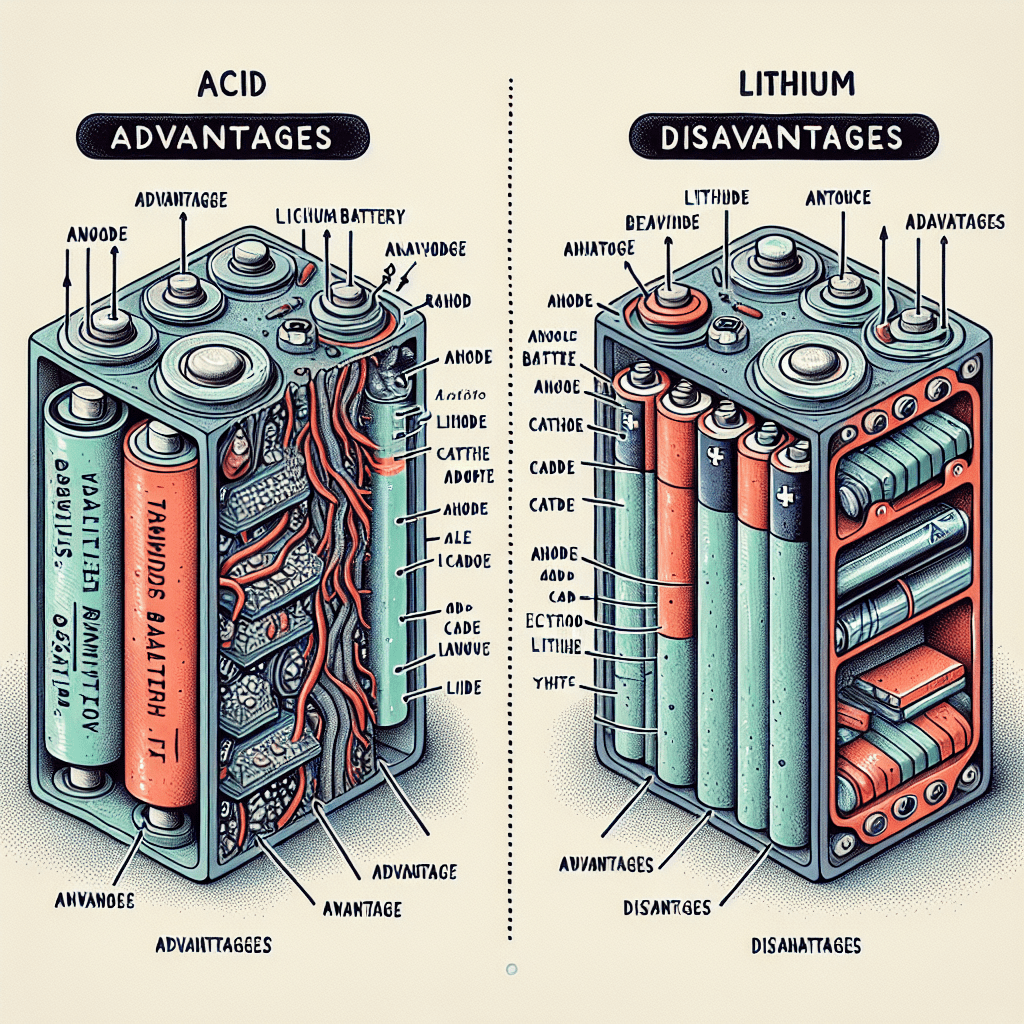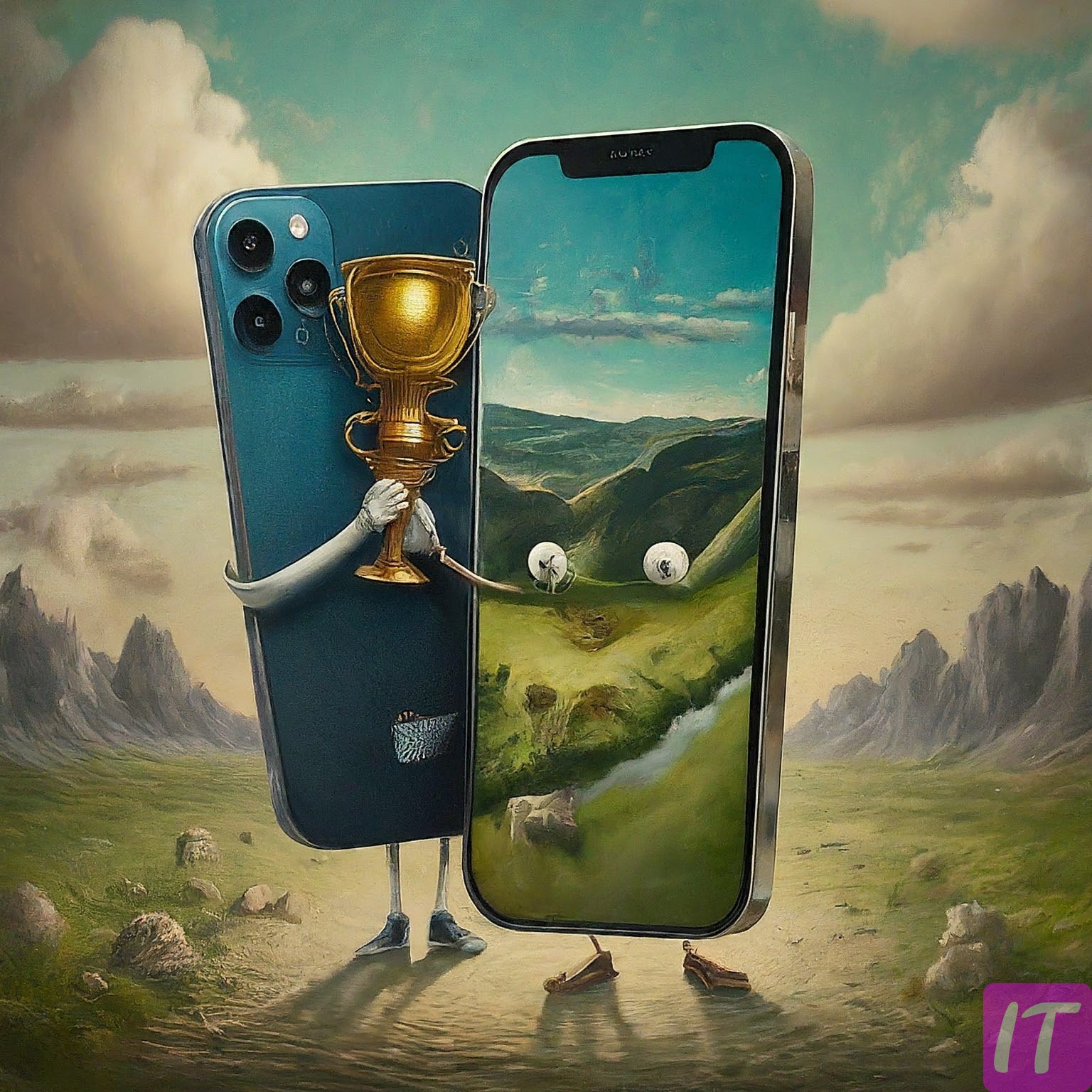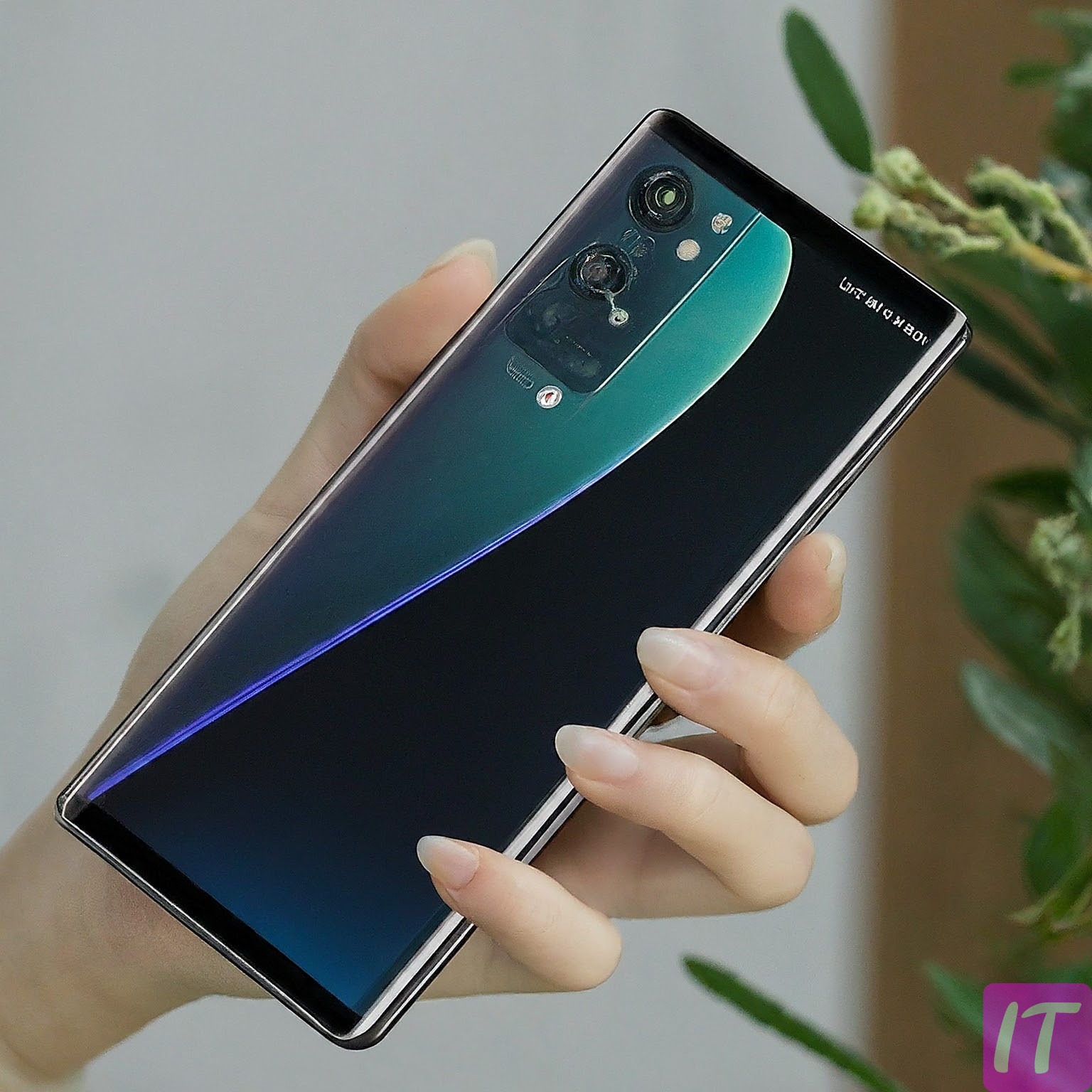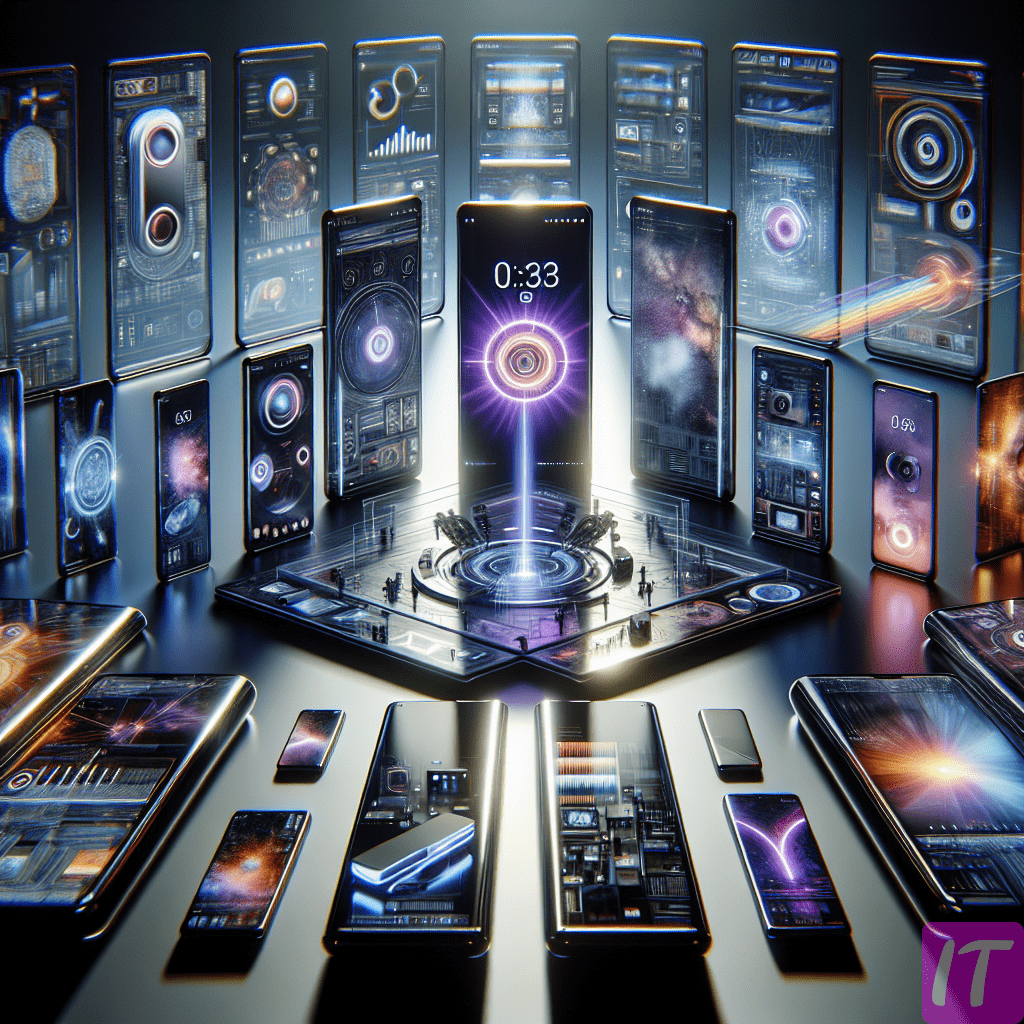Many are surprised to learn that Xiaomi has overtaken Apple in global smartphone sales, a notable feat considering Xiaomi’s relatively recent entrance into the market. Although Apple has held a significant share of the market for years, Xiaomi’s competitive pricing and high-performance devices have reshaped the landscape. This shift has sparked intense debates and comparisons among tech enthusiasts.
Apple’s iPhone has long been synonymous with premium design and robust iOS integration, setting a high benchmark for the industry. On the other hand, Xiaomi’s devices offer exceptional value with advanced features like high-resolution cameras and fast charging at more affordable prices. Statistically, while Apple maintains a strong presence in North America, Xiaomi leads in markets across Asia and Europe, emphasizing their diverging target audiences.
| Feature | Xiaomi | iPhone |
|---|---|---|
| Display | AMOLED, up to 120Hz refresh rate | Super Retina XDR, 60Hz or 120Hz (Pro models) |
| Processor | Snapdragon 8 series or MediaTek | Apple A15 or A16 Bionic |
| Camera | 108MP main, multiple lenses | 12MP main, optimized software |
| Battery Life | Large capacity, fast charging | Efficient power management, wireless charging |
| Operating System | MIUI based on Android | iOS |

Overview of Xiaomi and iPhone
Both Xiaomi and iPhone have made significant impacts in the smartphone world. These brands have distinct features and appeal to different types of users. Here, we will provide a brief overview of each brand.
Overview of Xiaomi
Xiaomi started in 2010 and quickly became popular due to its affordable prices. The company offers high-quality phones with impressive features at a lower cost. This strategy has allowed Xiaomi to grow rapidly in many countries.
One of Xiaomi’s strengths is its MIUI, an operating system based on Android. MIUI offers many customization options, making it easy for users to tailor their phones to their liking. This flexibility is a big draw for many tech-savvy users.
Xiaomi is also known for its strong hardware. Phones from this brand often feature powerful processors and large batteries. The high-performance specs allow users to run demanding apps and games smoothly.
Another key feature is Xiaomi’s camera technology. The brand offers high-resolution cameras that produce beautiful photos and videos, even in low light. Many users prefer Xiaomi phones for their exceptional photography capabilities.
Additionally, Xiaomi has a broad range of products, from budget models to premium smartphones. This range ensures that there is a Xiaomi phone for nearly every type of user, making it a versatile choice.
Overview of iPhone
Apple’s iPhone has been a leader in the smartphone market since its release in 2007. Known for its sleek design and powerful performance, the iPhone is seen as a premium product. It is popular for its seamless integration with other Apple devices.
The iPhone’s operating system, iOS, is one of its key strengths. iOS is known for its user-friendly interface and regular updates. These updates keep the iPhone fast, secure, and full of new features.
When it comes to hardware, the iPhone consistently features top-tier components. Apple designs its own processors, which are some of the fastest available. This results in a smooth and responsive user experience.
The camera system on the iPhone is another standout feature. Apple is famous for its high-quality cameras, which capture stunning photos and videos. Many professionals use iPhones for their photography and videography needs.
Lastly, Apple offers robust customer support and a range of complementary products. This includes accessories like AirPods and the Apple Watch, which enhance the overall user experience. Many users stick with the iPhone because of this well-integrated ecosystem.
Key Features Compared
Xiaomi and iPhone both have unique features that make them stand out. Here we will compare key features of Xiaomi and iPhone to help you understand their differences and strengths.
Operating Systems: MIUI vs iOS
MIUI is Xiaomi’s operating system, based on Android. It allows users to customize many aspects of their phone. Users can change themes, icons, and even the interface layout with ease.
iOS is Apple’s operating system and is known for its simplicity and ease of use. It offers a very smooth and fast experience. Apple regularly updates iOS, keeping it secure and adding new features.
MIUI provides more customization options compared to iOS. Some users appreciate this flexibility, while others find it overwhelming. iOS, meanwhile, focuses on providing a consistent and user-friendly experience.
Both operating systems have their own app stores. The Apple App Store is known for having high-quality apps. The Google Play Store, which MIUI uses, offers a wider variety of apps.
Overall, MIUI is best for users who like to tweak their settings, while iOS is preferred for its simplicity and reliability.
Hardware: Performance and Design
Xiaomi phones often feature high-performance hardware at a lower price. They typically come with powerful processors, large batteries, and high-resolution screens. This makes Xiaomi popular among gamers and tech enthusiasts.
iPhones are known for their sleek design and premium build quality. Apple uses its own custom processors, which are very fast. This results in a smooth performance that is hard to beat.
Both brands offer phones with different screen sizes and resolutions. Xiaomi tends to offer more budget-friendly options. iPhones, on the other hand, start at a higher price point but come with excellent quality.
Xiaomi also provides extra features like a headphone jack and expandable storage. These features are not available on iPhones. Apple prefers to focus on a sleeker, more streamlined design.
If you prioritize premium design and seamless performance, an iPhone is a great choice. If you need powerful hardware at a more affordable price, Xiaomi has many options.
Camera Quality
Xiaomi has invested heavily in camera technology. Their phones often feature multiple lenses, including wide-angle and macro lenses. This improves the versatility of the camera.
iPhones are well-known for their excellent camera quality. Many people use their iPhones for professional photography and videography. Apple’s cameras are optimized for great performance in both bright and low-light conditions.
Xiaomi often has higher-resolution cameras, which can capture more details. However, the software processing on iPhones makes photos look more natural and balanced. Many users appreciate this natural look in their photos.
Both brands offer advanced features like Night Mode and Portrait Mode. These features help produce stunning photos in various conditions. While Xiaomi’s features are impressive, Apple’s photo processing is considered superior by many.
In summary, iPhones are often the choice for those seeking professional quality. Xiaomi offers great versatility and high resolution, making it a strong contender.
Battery Life and Charging
Xiaomi phones are known for their large battery capacities. This allows users to go longer between charges. Many Xiaomi models also support fast charging technologies.
iPhones tend to have smaller batteries but are optimized for efficient power use. Apple has made significant improvements in recent models to extend battery life. Additionally, iPhones support fast charging and wireless charging.
Xiaomi’s fast charging is very quick, with some models charging to 100% in under an hour. This is perfect for people who are always on the go.
Apple’s focus is more on battery management and efficiency. This means that iPhones often last a full day on a single charge, even with smaller batteries.
Overall, Xiaomi has an edge in battery capacity and fast charging. iPhones offer a well-balanced battery life with efficient power management.
Price Range
Xiaomi is known for offering high-quality phones at lower prices. This makes it an attractive option for budget-conscious buyers. They provide many features seen in high-end phones at a much lower cost.
iPhones are typically priced higher, reflecting their premium quality and brand value. They are often seen as a long-term investment due to their durability and regular software updates.
Xiaomi offers a wide range of models, from budget-friendly to premium. This ensures that there is something for every budget. iPhones, while pricier, come in fewer models but are consistently high in quality.
Many users are willing to pay more for the seamless experience and better ecosystem that iPhones provide. Xiaomi’s affordability makes it accessible to a larger audience.
Ultimately, the choice depends on your budget and what you prioritize in a phone. Xiaomi offers great value, while iPhones offer premium experience and quality.
Xiaomi vs iPhone: Feature Comparison
When comparing Xiaomi and iPhone, it is important to look at the key features that set them apart. Here is a detailed comparison of 10 important features to help you decide which one suits your needs better.
| Feature | Xiaomi | iPhone |
|---|---|---|
| Operating System | MIUI based on Android | iOS |
| Processor | Snapdragon 8 series or MediaTek | Apple A15 or A16 Bionic |
| Camera | 108MP main, multiple lenses | 12MP main, optimized software |
| Display | AMOLED, up to 120Hz refresh rate | Super Retina XDR, 60Hz or 120Hz (Pro models) |
| Battery | Large capacity, fast charging | Smaller capacity, efficient power management |
| Build Quality | Varies, glass and aluminum or plastic | Premium glass and stainless steel or aluminum |
| Price Range | Budget to premium | Premium |
| Customization | High with MIUI | Limited but user-friendly |
| Software Updates | Frequent, but varies by region | Regular and timely |
| Ecosystem | Varied, not as integrated | Highly integrated with other Apple devices |
The Good and The Bad
Both Xiaomi and iPhone have their strengths and weaknesses. Here is a table that outlines the good and the bad features of both brands to give you a balanced view.
| Pros | Cons |
|---|---|
| Affordable pricing (Xiaomi) | Limited customer support (Xiaomi) |
| Excellent camera quality (iPhone) | High price point (iPhone) |
| Customization options (Xiaomi) | Occasional software bloat (Xiaomi) |
| Seamless ecosystem (iPhone) | Limited customization (iPhone) |
| Fast charging technology (Xiaomi) | Inconsistent software updates (Xiaomi) |
| User-friendly interface (iPhone) | No expandable storage (iPhone) |
| High-performance hardware (Xiaomi) | Less premium build quality (Xiaomi) |
| Regular software updates (iPhone) | Expensive accessories (iPhone) |
Price Comparison
Price is a significant deciding factor when choosing between Xiaomi and iPhone. Here’s a table comparing the prices of different models from both brands to help you understand their cost differences.
| Xiaomi | iPhone |
|---|---|
| Redmi Note 10 – $199 | iPhone SE – $399 |
| Mi 11 – $749 | iPhone 13 – $799 |
| Poco X3 – $229 | iPhone 12 – $699 |
| Mi 10T Pro – $599 | iPhone 13 Pro – $999 |
| Redmi 9A – $99 | iPhone 11 – $599 |
Which Is Better?
Deciding whether Xiaomi or iPhone is better depends on what you value most in a smartphone. Both brands offer great features but cater to different kinds of users. Xiaomi is known for its affordability and high-performance hardware, making it an excellent choice for budget-conscious buyers.
On the other hand, iPhone stands out for its premium design and seamless integration with other Apple products. If you already use Apple devices like the Apple Watch or MacBook, an iPhone would fit perfectly into your ecosystem. The regular updates and strong customer support add to the appeal of choosing an iPhone.
Xiaomi offers more customization options and larger battery capacities. It’s a solid choice for users who like tweaking their device settings and need long-lasting battery life. However, some people might prefer the simpler and more consistent experience that iOS provides.
Overall, the choice comes down to budget, needs, and preferences. Here are three reasons why the iPhone could be considered the better option:
- Seamless integration with other Apple devices, providing a unified user experience.
- Regular software updates that keep your phone secure and up-to-date with new features.
- Exceptional build quality and customer support, ensuring reliable performance over time.
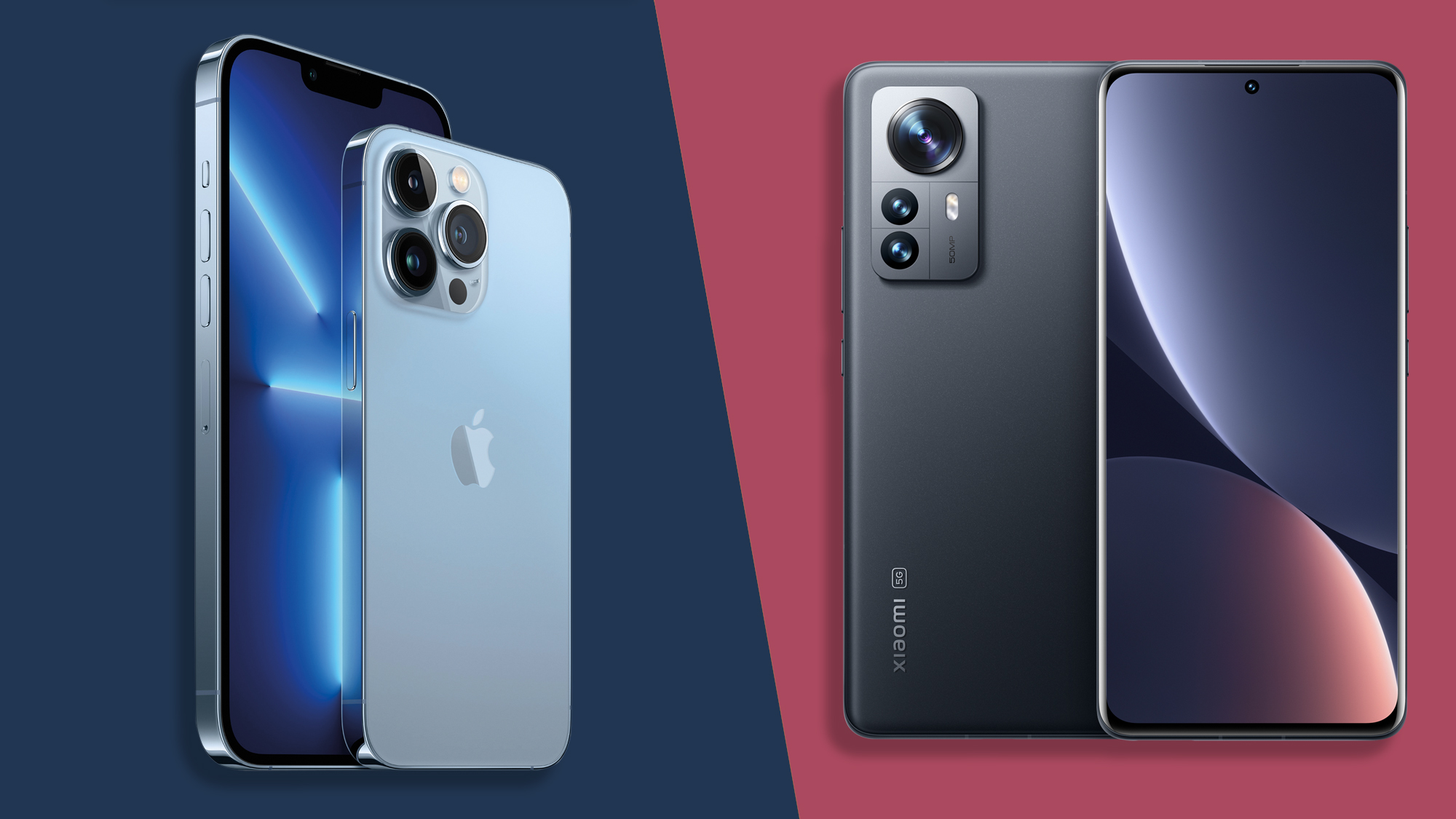
Cheap vs Expensive Phones – How close ARE they!?
Frequently Asked Questions
Comparing Xiaomi and iPhone can help users decide which phone is best suited to their needs. Here are some common questions that professionals often ask about these two popular brands.
What are the key differences between MIUI and iOS?
MIUI, Xiaomi’s operating system, is based on Android and is highly customizable. It allows users to change themes, layouts, and more, providing a personalized experience. This makes MIUI appealing to users who enjoy tweaking their device settings.
iOS, on the other hand, is known for its simplicity and ease of use. Apple’s operating system offers a seamless and consistent experience across all its devices. Regular updates keep the system secure and introduce new features.
How do the cameras on Xiaomi and iPhone compare?
Xiaomi phones often boast high-resolution cameras, including multiple lenses for wide-angle and macro shots. This versatility makes Xiaomi popular among users who enjoy photography. The hardware is impressive, but the software processing can sometimes fall short.
iPhones are renowned for their camera quality and advanced photo processing software. Many professional photographers use iPhones for their work due to their ability to produce natural-looking images. The combination of hardware and software makes iPhone cameras exceptional.
Which brand offers better value for money?
Xiaomi is widely known for offering high-quality phones at much lower prices compared to most competitors. They manage to pack in many features that are found in premium devices at a fraction of the cost, making them very budget-friendly.
iPhones, although priced higher, provide long-term value due to their durability, regular updates, and strong resale value. Users who invest in iPhones often appreciate the seamless ecosystem and superior customer support offered by Apple.
Are there significant differences in the battery life of Xiaomi and iPhone?
Xiaomi tends to offer phones with larger battery capacities, which means longer usage between charges. Additionally, Xiaomi’s fast-charging technology is another advantage that keeps users powered up quickly.
iPhones, although featuring smaller batteries, are optimized for efficient power use. Battery life is managed so well that most users can get through a full day on a single charge. The newer models even support fast and wireless charging.
Which one has a better ecosystem and integration with other devices?
iPhones are part of a highly integrated ecosystem that includes devices like the MacBook, Apple Watch, and iPad. This seamless interaction among devices is one of Apple’s strongest selling points, making the user experience very coherent and efficient.
Xiaomi also offers a range of products, but the ecosystem is not as tightly integrated as Apple’s. While Xiaomi’s smart home devices and wearables are impressive, they do not provide the same level of seamless interaction. For users seeking strong device integration, iPhone is generally the better choice.
World’s Best Android Camera vs iPhone!
Conclusion
Both Xiaomi and iPhone offer unique features that cater to differing needs and preferences. Xiaomi stands out for its affordable pricing and customization options, appealing especially to budget-conscious and tech-savvy users. On the other hand, iPhone’s premium design and seamless ecosystem make it a top choice for those who value integration and user experience.
The choice between the two ultimately depends on what you prioritize in a smartphone. Whether you prefer the versatility and value of Xiaomi or the prestige and performance of iPhone, both brands provide excellent options. By understanding these key differences, professionals can make a well-informed decision.
